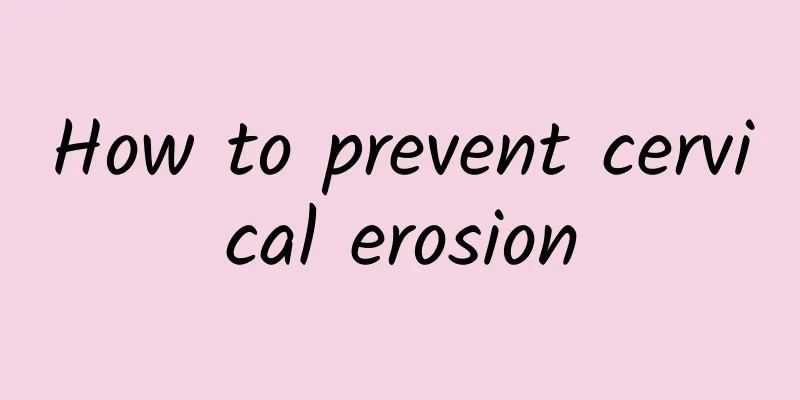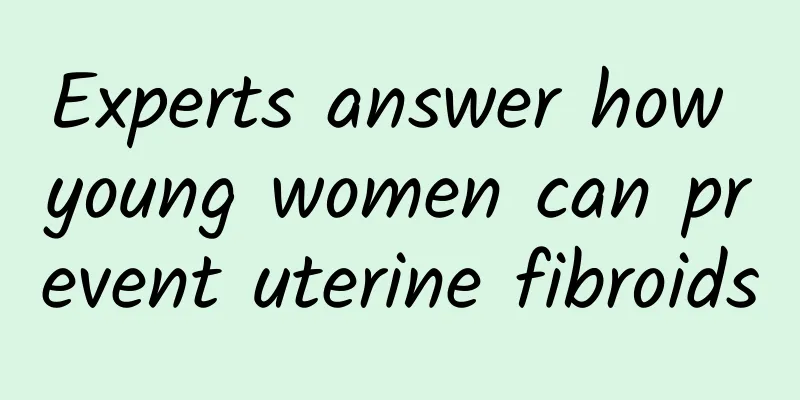What does pelvic inflammatory disease sequelae mean? What are the causes of pelvic inflammatory disease?

|
Pelvic inflammatory disease is a general term for inflammation of the female internal genitalia or even pus caused by pathogens spreading through the blood vessels, lymphatic vessels or directly in the reproductive tract. It refers to inflammation of the female pelvic reproductive organs, the connective tissue around the uterus and the pelvic peritoneum. The lesions are divided into endometritis, salpingitis, salpingo-oophoritis, pelvic peritonitis and pelvic connective tissue inflammation. According to its course of disease and clinical manifestations, it can be divided into acute and chronic. Chronic pelvic inflammation is often delayed due to incomplete treatment in the acute phase. It has a long onset time and is more stubborn. Bacteria retrogradely infect the pelvis through the uterus and fallopian tubes. Because the female reproductive system has a natural defense function, under normal circumstances, it can resist bacterial invasion and will not suffer from pelvic inflammatory disease. Pelvic inflammatory disease will only occur when the body's resistance is reduced or the natural defense function is destroyed due to other reasons. Symptoms of acute pelvic inflammatory disease and chronic pelvic inflammatory disease are different. The symptoms of acute pelvic inflammatory disease are lower abdominal pain, fever, increased vaginal discharge, and persistent abdominal pain that worsens after activity or sexual intercourse. If the condition is severe, there may be chills, high fever, headache, and loss of appetite. Those who develop the disease during menstruation may experience increased menstrual flow and prolonged menstruation. If pelvic inflammatory disease wraps around to form a pelvic abscess, it may cause local compression symptoms. Compression of the bladder may cause frequent urination, painful urination, and dysuria; compression of the rectum may cause rectal symptoms such as tenesmus. The symptoms of chronic pelvic inflammatory disease are lower abdominal distension, pain and lumbar pain, which are often aggravated after fatigue, sexual intercourse and before and after menstruation. The second is abnormal menstruation and irregular menstruation. Pelvic inflammatory disease can be acute or chronic. Postpartum or post-abortion infection, gynecological surgical infection, lack of attention to menstrual hygiene, and direct spread of inflammation from adjacent organs can all lead to acute pelvic inflammatory disease. The pathogens that cause acute pelvic inflammatory disease mainly include Staphylococcus aureus, Escherichia coli, anaerobic bacteria and sexually transmitted pathogens. Chronic pelvic inflammatory disease is often caused by incomplete treatment of acute pelvic inflammatory disease. It has a long onset and is a stubborn condition. Bacteria from the vulva can retrogradely infect the pelvis through the uterus and fallopian tubes. The prevention of pelvic inflammatory disease should start from the little things in daily life. Eliminate all kinds of infection routes and keep the perineum clean and dry; prohibit sexual intercourse during menstruation and after gynecological surgery; follow the doctor's advice and actively treat after being diagnosed with acute pelvic inflammatory disease; patients with fever should pay attention to keeping warm and dry; keep bowel movements smooth, observe the characteristics of the stool, and give timely feedback; do not take antibiotics without authorization to avoid vaginal flora disorders; pay attention to diet conditioning, strengthen nutrition, and improve resistance; do a good job of contraception to reduce the trauma of abortion Treatment of pelvic inflammatory disease includes: 1. Drug treatment: Antibiotics are the main treatment for acute pelvic inflammatory disease, including intravenous infusion, intramuscular injection, oral administration and other routes. It is important to ensure that the course of treatment is sufficient, and the effect will be better if combined with traditional Chinese medicine. 2Surgical treatment: If there are lumps or small infection foci, surgical treatment can be performed. 3. Physical therapy: Use benign warm stimulation to promote local blood circulation in the pelvic cavity, improve nutritional status, and increase metabolism to absorb or eliminate inflammation, such as short wave, ultrashort wave, ion penetration, wax therapy, etc. 4. Psychological treatment: Relieve patients’ mental concerns, enhance their confidence, increase nutrition and exercise, combine work and rest, and improve the body’s resistance. It is not advisable to eat spicy, warm and irritating foods such as chili peppers, mutton, dog meat, rooster, etc. It is not suitable to eat greasy, cold and sticky foods, such as fatty meat, crabs, snails, pickled and cured products, etc. No smoking or drinking. Pelvic inflammatory disease should eat the following: 1. Light and easily digestible foods, such as red beans, mung beans, winter melon, lentils, purslane, etc. 2. You should eat foods that have the effect of promoting blood circulation, regulating qi and dispersing nodules, such as hawthorn, peach kernel, fruit jelly bark, orange seeds, orange peel, rose, kumquat, etc. 3. Appropriate supplement of protein, such as lean pork, duck, goose and quail. |
Recommend
Symptoms of ectopic pregnancy can cause severe abdominal pain
The accelerated pace of social life has made it d...
Experts explain the symptoms of pelvic inflammatory disease in detail for you
Pelvic inflammatory disease is the most common gy...
Typical staging symptoms of atrophic vulvar leukoplakia
Atrophic vulvar leukoplakia is a common type of v...
The less sweet a fruit is, the lower its GI value? The secret of fruit GI value is not sweetness!
Taiwan is a kingdom of fruits, and many fruits ar...
Menstruation 5 days early, very little brown blood
Menstruation 5 days early, very little brown bloo...
What are the early symptoms of adenomyosis?
Adenomyosis is a common gynecological disease, bu...
What are cervical warts?
I don't know if you know much about cervical ...
Cervicitis may also cause pain and other symptoms in the early stages
Cervicitis may also cause pain and other symptoms...
Eat avocados to lose weight? Famous weight loss doctor: This is the best time to eat!
The internet has recently been buzzing with news ...
How to relieve menstrual cramps
How to relieve dysmenorrhea? Dysmenorrhea may be ...
The main symptoms of chronic cervicitis
MicrosoftInternetExplorer402DocumentNotSpecified7....
Vulvar itching, what's going on?
Common causes of vulvar itching include vaginal i...
Broccoli has three benefits and is a good partner in fighting cancer, but nutritionists remind people to be cautious when eating it.
Have you eaten vegetables today? According to the...
Female headache is one of the hazards caused by irregular menstruation
Experts say that irregular menstruation is mainly...
What are the main manifestations of adnexitis?
Many female friends will suffer from gynecologica...









